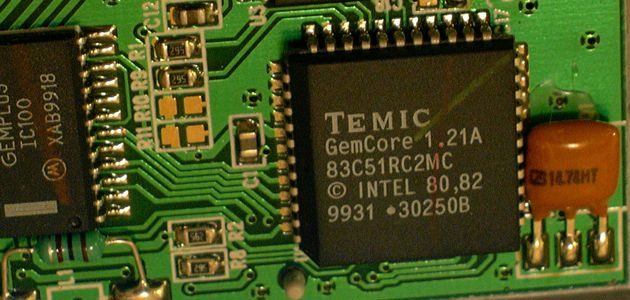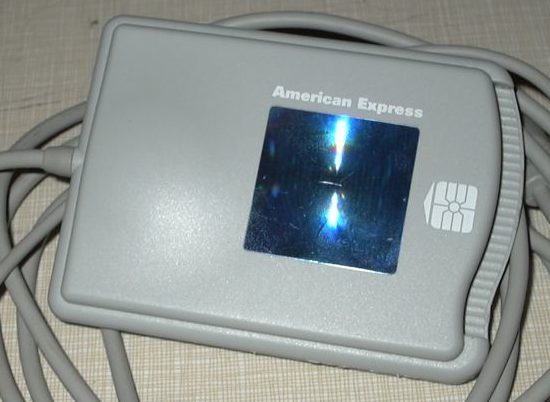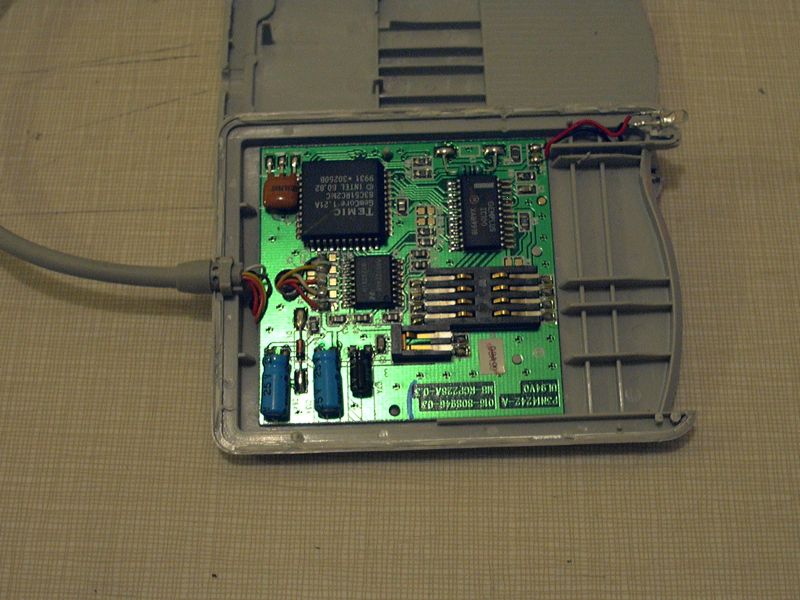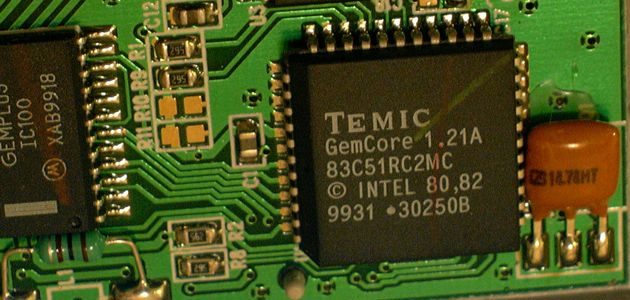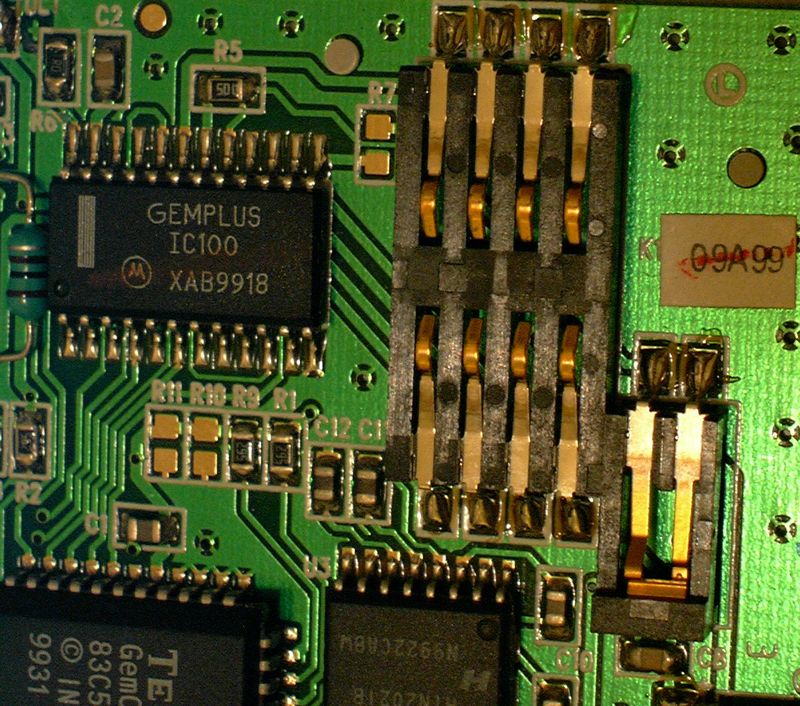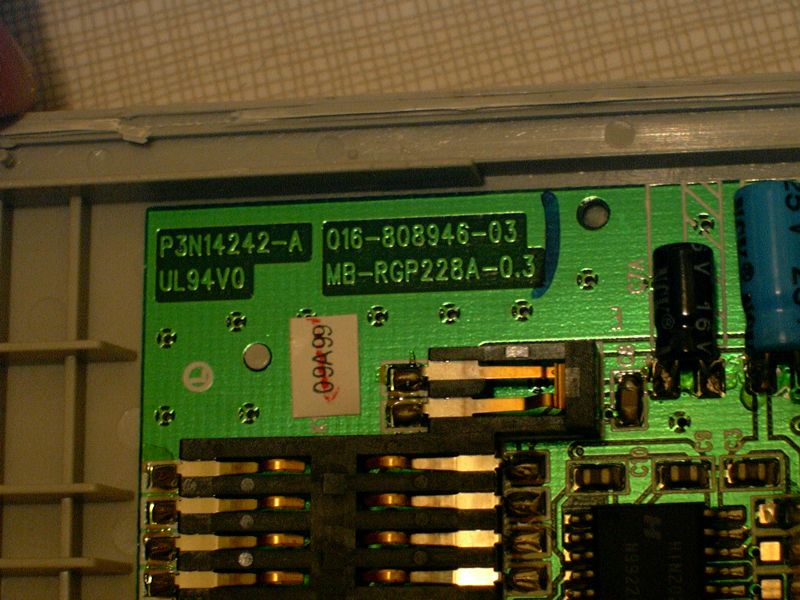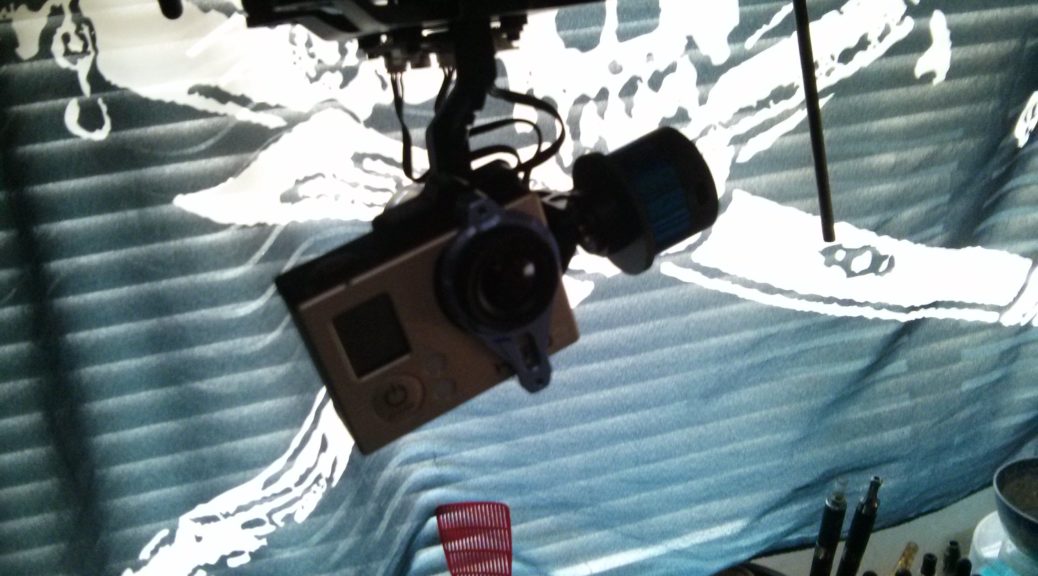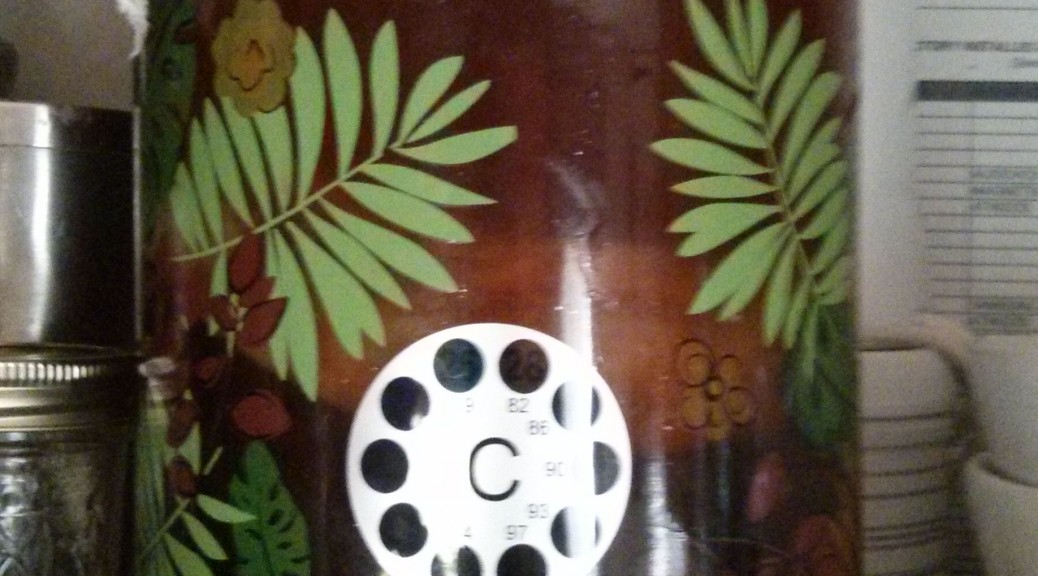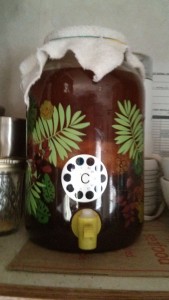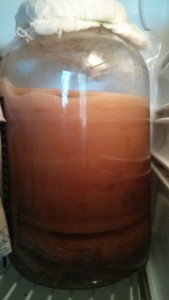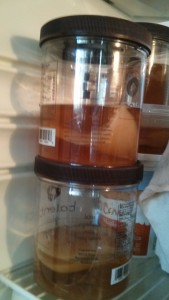This all started the other morning when I realized I had left my Bauer battery pack and charger outside in the rain. Long story short you can use the plug from a broken charger to make an adapter to charge your battery packs with a RC Vehicle Balance Charger.
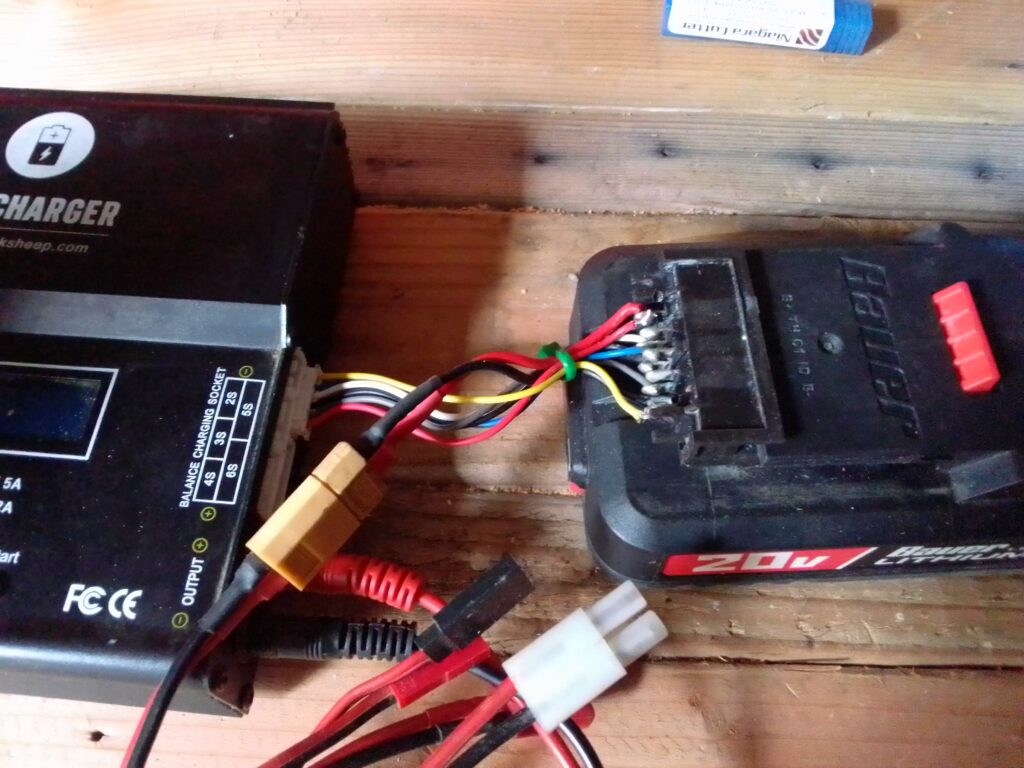
The Story
After sitting, plugged in, in the rain, overnight, there was a large amount of blue material on the battery and charger connections.
Pushing the button on the battery showed full charge, so I cleaned off the connections and tried it in my drill. No dice. I dissembled the battery pack by removing the four torx screws on the bottom. There was corrosion on the inside of the connector but everything else looked OK. I cleaned off the connectors from the inside and reassembled the battery. JOY! The battery is working again.
Things were not so good for the charger. Under the charging board there was a huge black spot where a bank of resistors had fried.
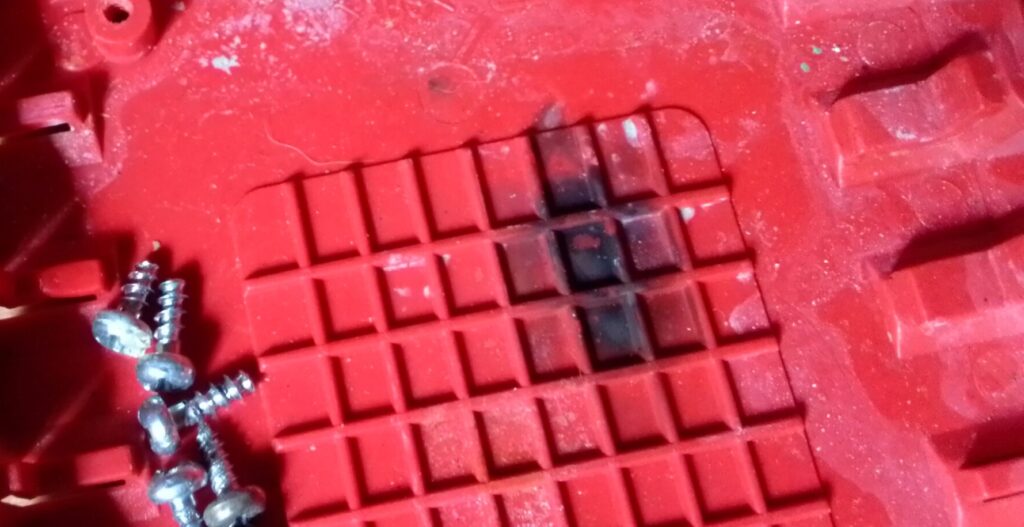
I was thinking about repairing it when I noticed that the plug part inside the charger was a self contained unit. Not only that, the connection plug for the sense port was the same as the plugs on the batteries for LiPo RC batteries (eg Drone Batteries).
The pin-out on the above mentioned plug is not the same as a standard RC LiPo battery, but all the necessary components (and then some) are. If you are looking at the balance plug (on a Drone Battery for example) with the bumps facing down, the leftmost wire is ground and the next wire to the right is the voltage of one cell. The third wire is the voltage of two cells, the fourth wire is the voltage of three cells and so on depending on how many cells you have.
The Hack
In a nutshell we need to make the Bauer battery pin-out match a stander RC Lipo Battery. The finished adapter will look something like this:
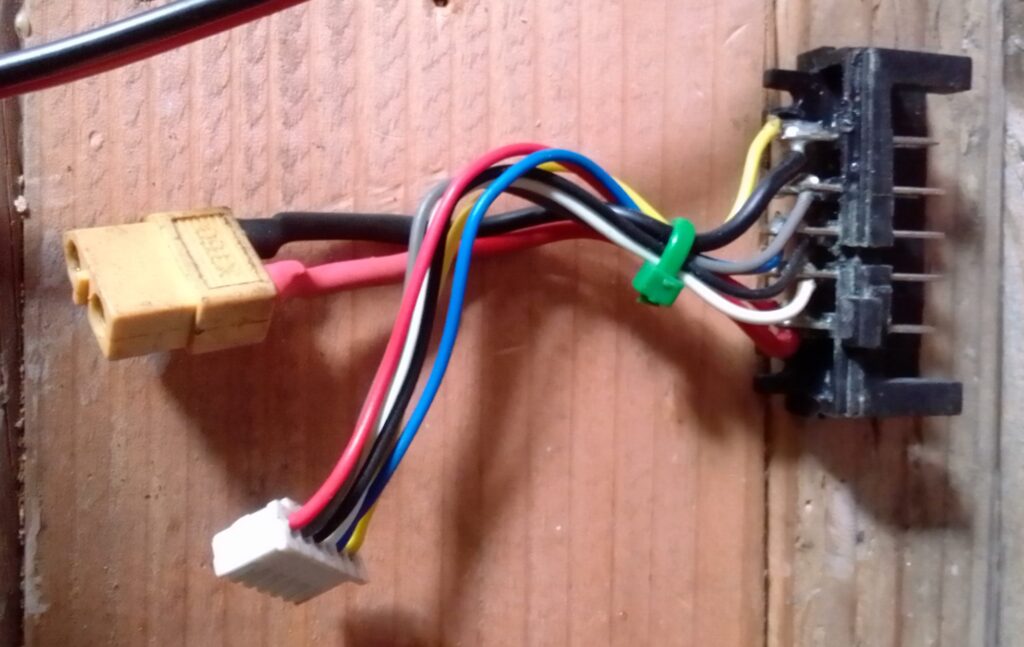
You will need security torx bits (with holes in the middle) to remove the bottom plate from the charger. Then just unscrew all the Philips screws until you have just the battery plug unit. Unplug the 6 wire plug from the board and cut the red and black wires as close to the board as possible.
Using a small screwdriver to press down the tabs, remove the pins from the 6 pin plug (they need to be rearranged). The small yellow and red wires (that you just pulled from the plug) are for the battery’s internal temperature sensor, we don’t need to monitor this sensor so we can use these wires to finish our plug. De-solder the small yellow wire and solder it with the main negative (big black wire). De-solder the small red wire and solder to the main positive (big red wire).
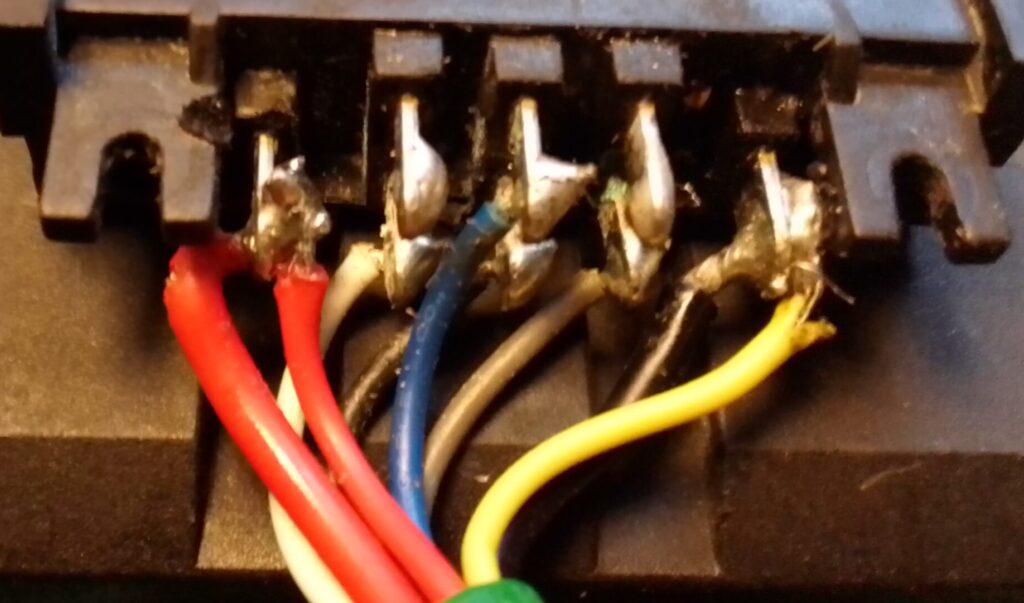
Solder a battery connector (salvaged from old battery pack) to the main positive and negative (big wires). Finally reinsert the pins into the plug as pictured:
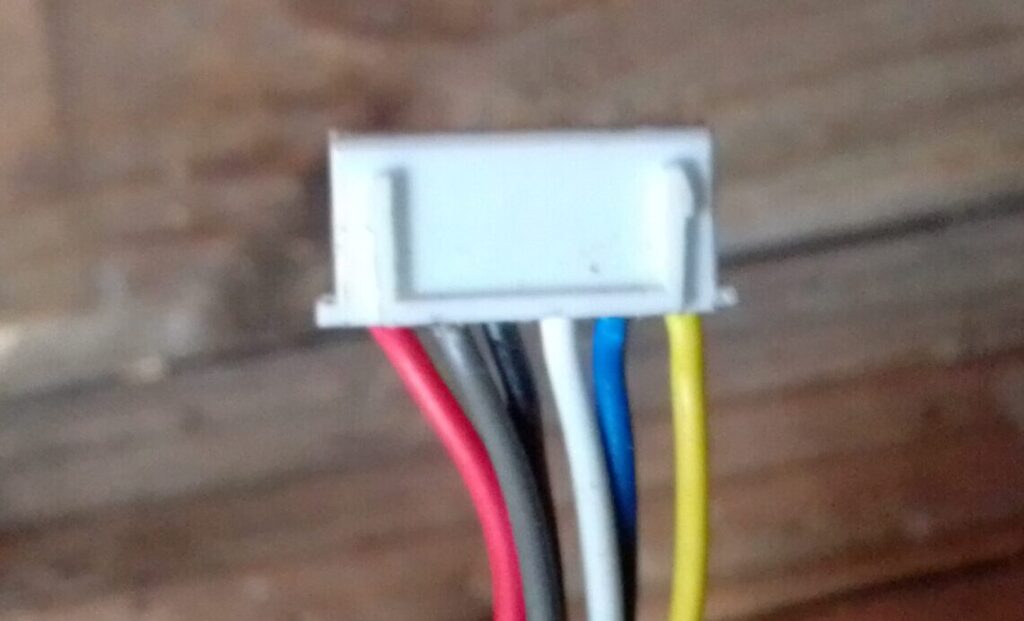
The adapter is finished and just needs to be tested. Plug the adapter into your Bauer battery pack. Using a volt meter your battery plug should show about 20v. With the bumps facing down your 6 pin plug should test as follows (voltages are approximate and will vary depending on the level of charge):
- Yellow: (-V)
- Blue: (+3.7)
- White: (+7.4)
- Black: (+11)
- Grey: (+14.7)
- Red: (+18.4)
Using the adapter you can now connect and charge your Bauer tool packs. In the program mode set your battery type to 3.7V (Lithium Poly or LiPo). Set the amperage to match the AH listed on the side of the battery pack. The charger will auto-detect the number of cells (5) and after doing a quick balance on the cells will charge the pack until full.
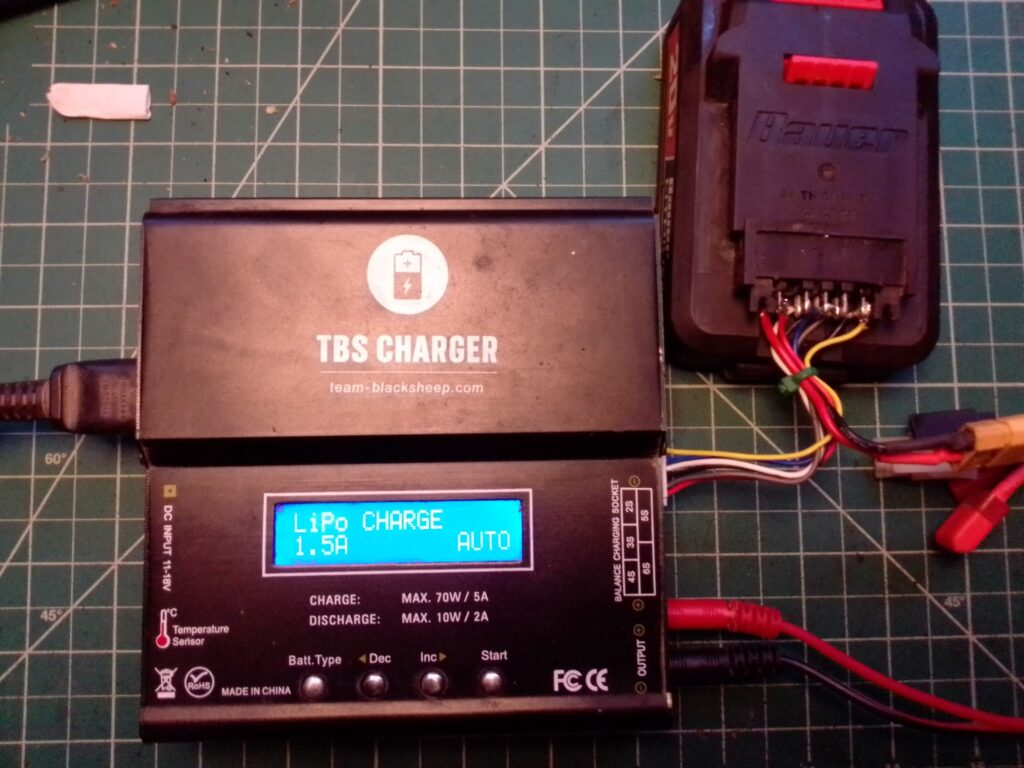
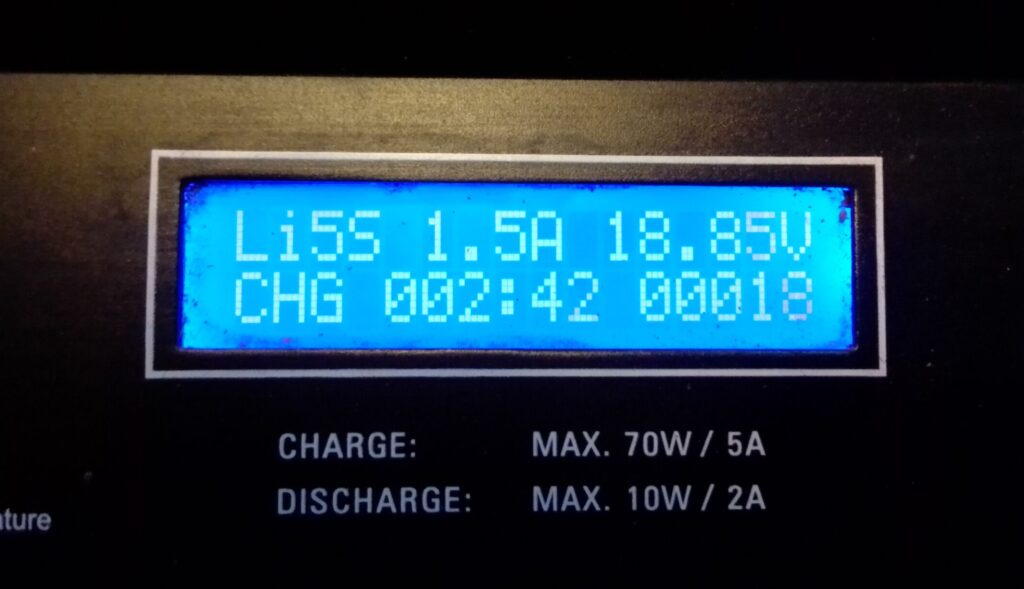
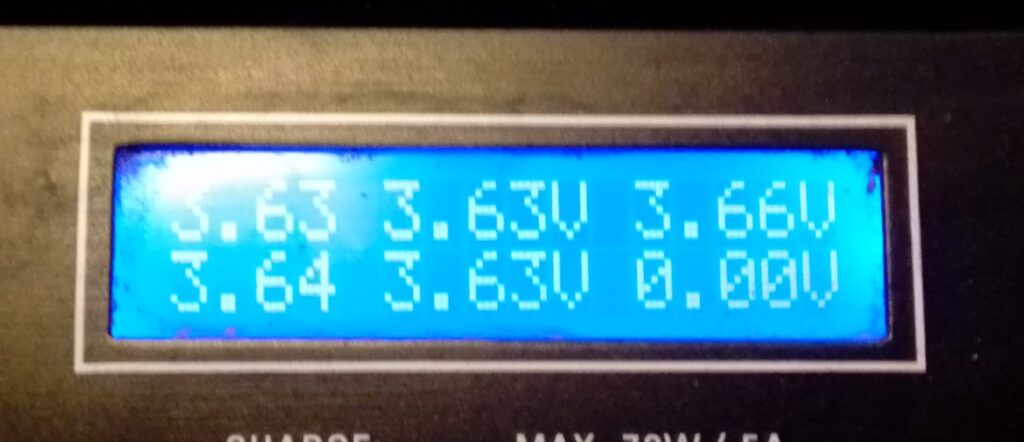
In summary, this hack is very simple and could be considered an upgrade to the charger from HFT. Having the info display showing the voltage of each cell and balance charge mode are both great. There is also a fast charge that I haven’t tried, but this already charges my batteries quicker and more completely than the Bauer charger.
If you enjoy my articles, please consider visiting my sponsors links or subscribing to my YouTube channel. Thanks!!!

